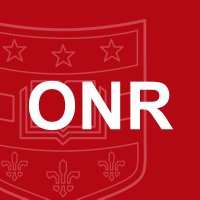
WashU Office of Neuroscience Research
@washuonr
Driving opportunities for the #WashUNeuroCommunity to connect.
@WUSTLmed
@WUSTLArtSci
@WashUengineers
@BrownSchool
ID: 1316185501838258177
https://NeuroscienceResearch.wustl.edu/ 14-10-2020 01:14:33
1,1K Tweet
1,1K Takipçi
802 Takip Edilen

A collaboration among Ben Warner and Chenyang Lu WashU McKelvey Engineering along with Sarah England and Peinan Zhao WashU Medicine OBGYN shows sleep patterns in people experiencing pregnancy can effectively predict preterm birth. #WashUNeuroCommunity bit.ly/4ns79bn
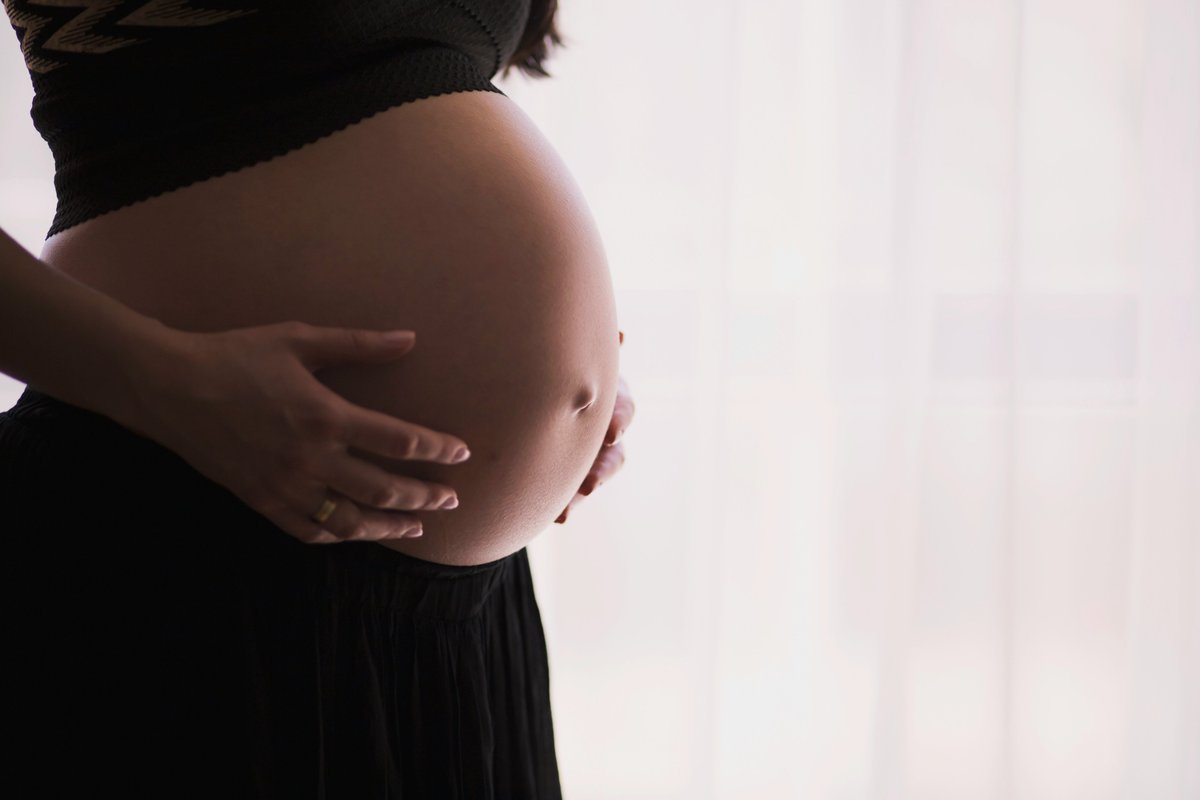

The Saint Louis Science Center and St. Louis Neuroscience Outreach invite you to Up Late: Experience Sound on July 19 where WashU grad students will be among the presenters testing the limits of human hearing. #WashUNeuroCommunity For tickets and more information, visit slsc.org/up-late
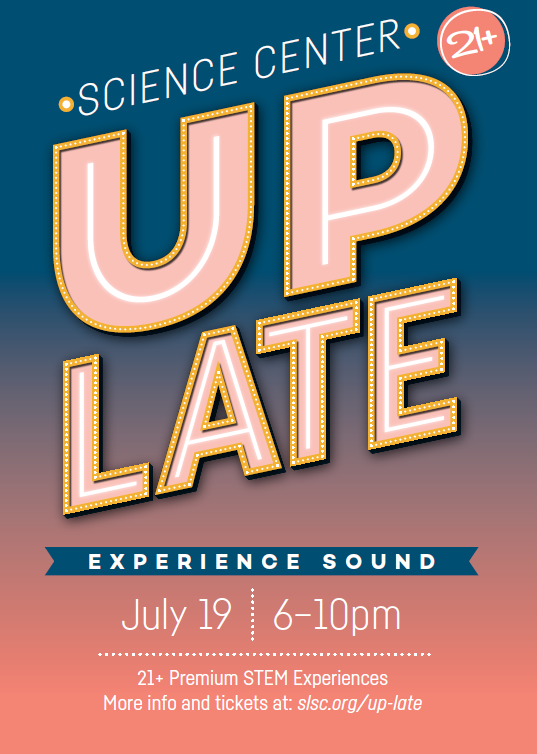

Andrew Yoo and Zhao Sun of WashU Medicine receive Morby Prize (Cure Alzheimer's Fund) for seminal study in Science Magazine to show skin cells from patients with late-onset Alzheimer’s can be transformed into neurons and reproduce hallmarks of the disease bit.ly/4kxcmf6


A new paper by Theresa Gildner of WashU Anthropology WashU Arts & Sciences and Annette Langer-Gould of Los Angeles General Medical Center finds that #MS is more common in Black than white women, and that disparities in the environment and the health system are driving that trend. bit.ly/3It6w19

The WashU Medicine Neurology WashU Medicine has been selected by michaeljfox.org as one of eight new sites for the Edmond J. Safra Fellowship in Movement Disorders . The new program will be led by Baijayanta Maiti, MD, PhD. #WashUNeuroCommunity bit.ly/3Uem3EB
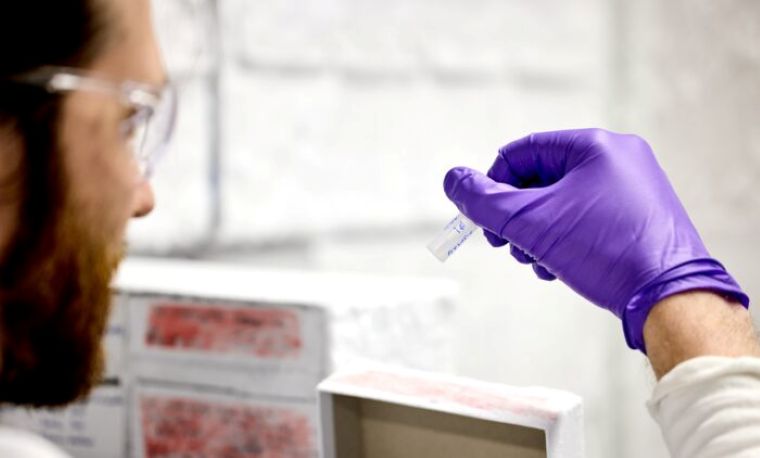

A new study by Carlos Cruchaga and Muhammad Ali WashU Psychiatry WashU Medicine published in Nature Medicine used plasma from 10,500+ patients with Alzheimer's disease, Parkinson's or FTD to create and validate a model to predict risk of each disease. bit.ly/41h5tYF


Hong Chen Hong Chen WashU McKelvey Engineering WashU Med Taylor Family Department of Neurosurgery aims to develop synthetic torpor (lower temp, metabolism) using focused ultrasound, with potential for stroke neuroprotection, organ preservation, lifespan extension and others. #WashUNeuroCommunity bit.ly/41gQs9x


Charles Conway (Psychiatry WashU Medicine) reports a new study in which participants with treatment-resistant depression received vagus nerve stimulation for one year via a pacemaker-like device implanted under the skin. Patients reported improved lives. bit.ly/47OVZb7
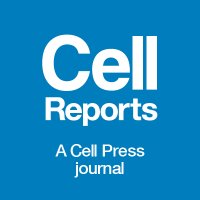

A team led by Bhooma Aravamuthan MD DPhil WashU Medicine Neurology WashU Medicine identified an objective measure of leg dystonia in children with cerebral palsy, and mimicked this measurement in mice to better understand causes and possible therapies for dystonia. ANA Journals bit.ly/3JLFX7Z

What do our words reveal about us? Josh Oltmanns, Ph.D. of Psychological and Brain Sciences WashU Arts & Sciences and colleagues are developing AI tools to help psychologists uncover hidden cues in language that reflect personality traits and mental-health signals. bit.ly/4ponpuX

A team including Jose Moron-Concepcion., Erik Musiek and Khairunisa Ibrahim @WASHUMedicine and others generated a model to explore links between chronic pain and sleep disruption. Findings published in Neuropsychopharmacology. #WashUNeuroCommunity bit.ly/3Ir3oTL
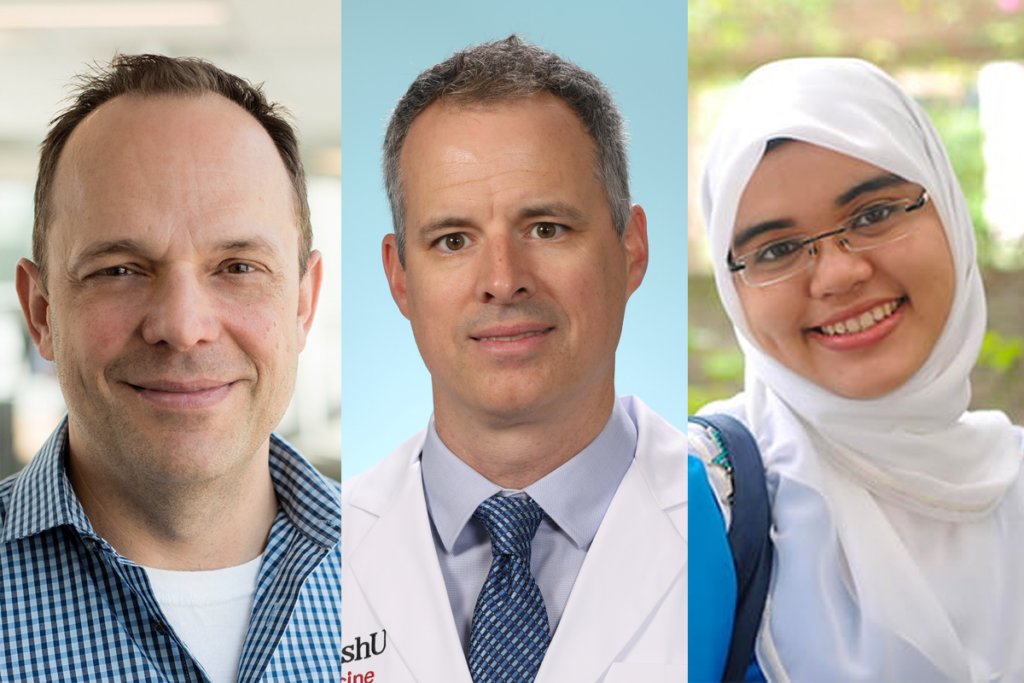

New study by @JoeFeldman WashU Arts & Sciences and collaborators links lead exposure to lower standardized test scores. Using models to fill in missing lead exposure data, they predict an even stronger impact of lead on test score performance. #WashUNeuroCommunity bit.ly/3IN3rcS

With an NIH grant, ShiNung Ching (Ching Lab) WashU McKelvey Engineering and Ben Palanca WashU Medicine seek personalized medicine strategies for treatment-resistant depression by developing a data-driven modeling method to identify how the brain responds to propofol. bit.ly/42Qv63q

With funds from NIH, ALS ASSOCIATION, and Target ALS, Macy Sprunger Jackrel Lab Members WashU Arts & Sciences and collaborators purified and visualized Matrin-3, a major advance for studying the root causes of ALS. Findings published Molecular Cell. bit.ly/4oAYHq3
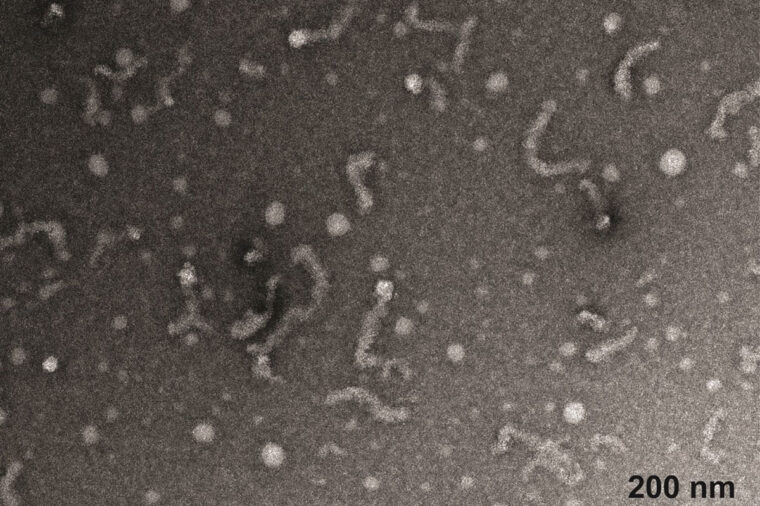

The BRAVE project (ARPA-H) aims to develop bioaerosol sensors to clean air/disrupt transmission of infectious disease. WashU collaborators include Rajan Chakrabarty WashU McKelvey Engineering, John Cirrito WashU Medicine Neurology, Carla Yuede in Psychiatry WashU Medicine bit.ly/4nnINym
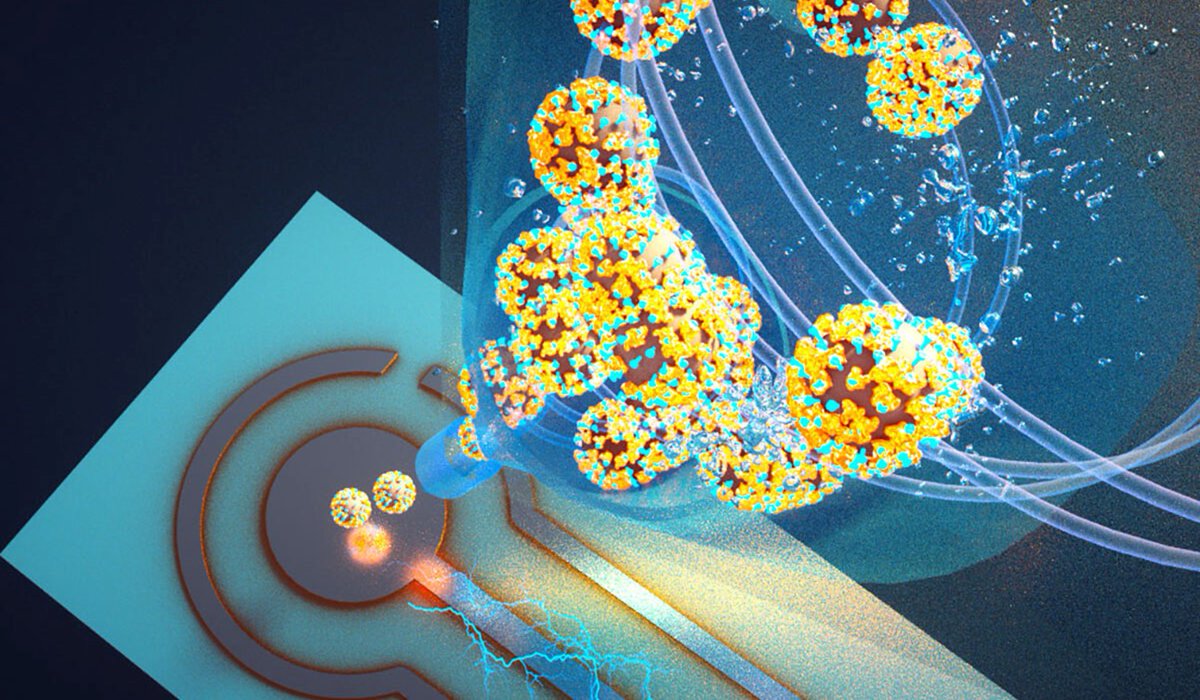

The lab of Alexandra Rutz including Anna Goestenkors WashU McKelvey Engineering created granular hydrogels made of microparticles. With @BaraniRamanlab, hydrogels on tips of locust antennae enabled measurement of field measurements during locusts' odor sensation. bit.ly/3XasLwT

Developing new machine learning and AI algorithms in AD, Ganesh Chand WashU Medicine Mallinckrodt Institute of Radiology aims to be the first to systematically investigate the intricate relationships among biomarkers, neuropsychiatric symptoms, vascular risks and genetic predisposition. bit.ly/49KMAlR


The PRIME fiber optic device developed by Hu Lab WashU McKelvey Engineering + Kepecs Lab WashU Medicine Neuroscience uses optogenetics to deliver multi-site, reconfigurable optical stimulation through a single, hair-thin implant, enabling study of neural circuits and behavior. bit.ly/4qW0qbg
